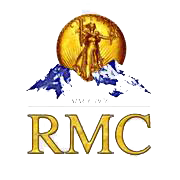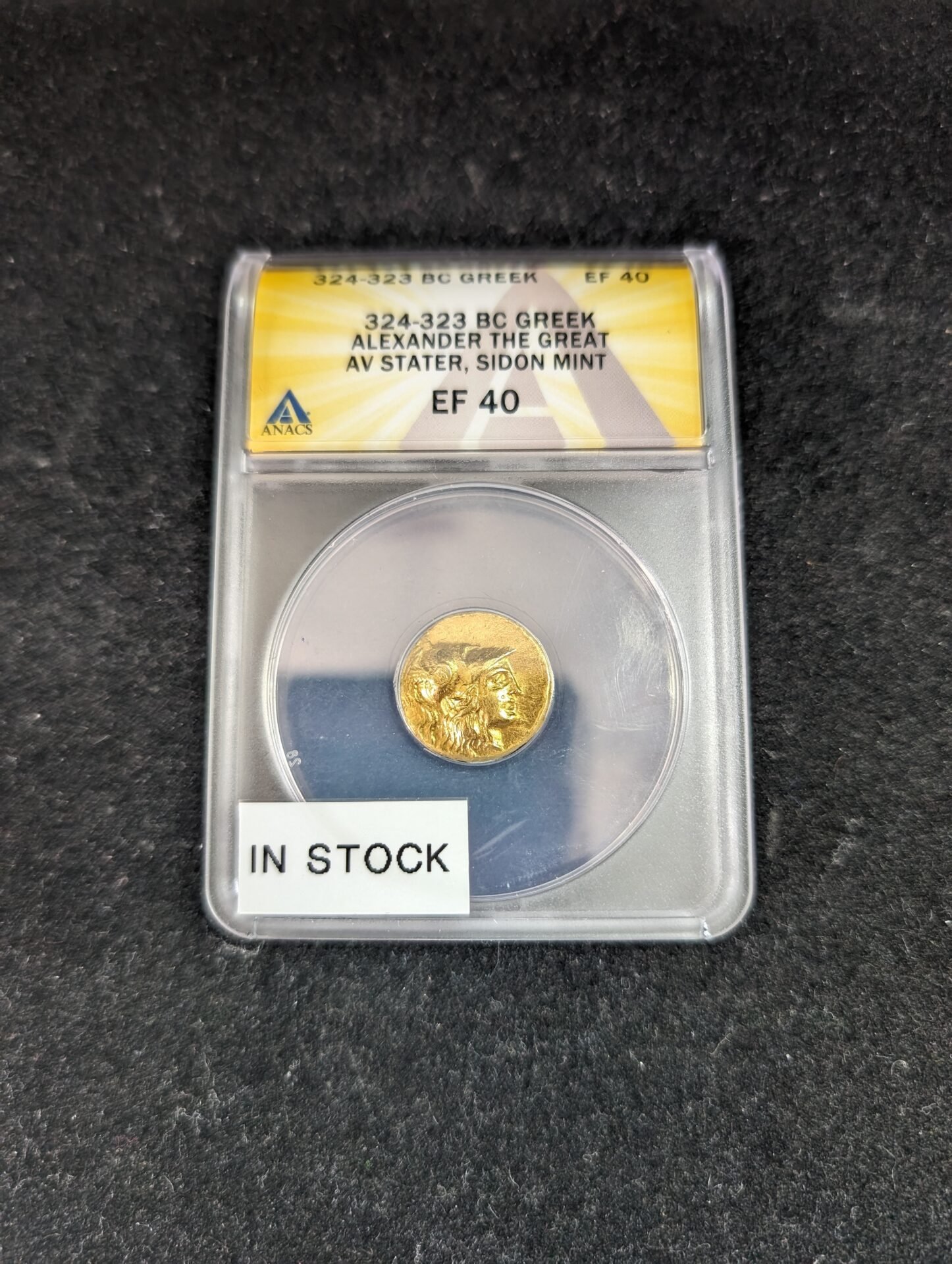Even now it is not too late for emerging economies to get into the game. Gold trumps reserve currencies, any day.
August 15, 1971, marks the demise of the Bretton Woods international monetary system when the tenuous link between gold and the US dollar was snapped by President Nixon. It is now nearly 44 years since this link was broken and the so-called Bretton Woods II has brought forth chaos in a reign of fiat currency.
Yet, the intellectual arrogance of mainstream economists, policymakers and heads of State continues to have unshaken faith in fiat currency.
When the definitive history of the post-August 1971 international monetary system is written up, the coming generations will hardly believe that international powers placed their trust in a faulty system of fiat currency.
Advocates of a pristine international gold standard are dismissed as atavistic cranks despite inexorable signals that a return of the international monetary system to gold will ultimately take place, albeit after a major upheaval.
Unique Role of Gold
The post-2008 international financial crisis will, in a historical context, appear to be puny compared with the crises to come that will result in gold’s ultimate triumph over the fiat-based reserve currency system.
Gold is unique as it is a commodity, a store of value and a medium of exchange.
In a sense, gold is the only true international monetary asset and yet for a full hundred years, gold’s pre-eminent role has been usurped by a reserve currency governed by a fiat currency. It is no wonder that over this period the world has seen a total debauching of the major international reserve currencies.
Tall intellectuals believe that an enduring international monetary system can be developed by a multi-polar currency system with new reserve currencies as the older traditional reserve currencies go on the wane. To sum up, zero plus zero plus zero has to equal zero and fiat currency without any backing has to fail.
Despite peremptorily dismissing the importance of gold in the international monetary system, the major countries, as of September 2014, held a very large proportion of their forex reserves in gold: US (72 per cent), Germany (67 per cent), Italy (66 per cent), France (65 per cent) and the Netherlands (54 per cent). For countries with a low proportion of gold the figures are: China (1 per cent), Japan (7 per cent), India (7 per cent), Russia (10 per cent) and UK (11 per cent).
Thoughts on a Gold Standard
When gold reclaims its rightful place as the only legitimate reserve currency, it is clear which countries gain and which countries lose. In recent years, central banks as a whole have been net buyers of gold.
Given the organic nature of gold, the gold standard consistently outperforms the synthetic nature of central bank discretion-based fiat money creation.
Jens Weidmann, president of the Bundesbank, in a 2012 speech referred to gold as “in a sense a timeless classic”.
The Bank of England Financial Stability Paper No. 13 concludes that a fiduciary management greatly underperforms in terms of economic growth, financial stability, inflation and recession, in comparison with its predecessor, the gold standard. Adolf Hitler was opposed to the gold standard and he believed in a “solid state without an ounce of gold. Anyone who sells above the set prices, let them be marched off into a concentration camp”.
Lewis E Lehrman and John D Mueller refer to the “reserve currency curse”. They argue that ending the greenback’s reserve currency role will raise savings and make US companies more competitive.
They quote Jacques Rueff, the French economist who said “that when a foreign monetary authority accepts claims in dollars (instead of gold) to settle its balance of payments deficit it increases money supply in, say France, without reducing money supply in the US. Jared Bernstein, an adviser to Vice-President Joe Biden, urges that to get the US economy back on track, the government needs to drop its commitment to maintain the dollar reserve currency status. While no other global currency can replace the US dollar, the world’s monetary authorities hold 900 million ounces of gold which is enough to restore, at an appropriate parity, the classic gold standard — the least imperfect monetary system in history” (cited with permission from Ralph Benko of the Lehrman Institute).
What India Should Do
Ralph Benko, in a column in Forbes (June 2014), refers to signs of a gold standard emerging from the UK in terms of a book by Kwasi Kwarteng, member of the UK House of Commons, titled War and Gold: A 500 Year History of Empires, Adventures and Debt. As Benko puts it, War and Gold is a compelling successor to Liaquat Ahamed’s Lords of Finance.
Kwarteng concludes that the gold standard will never formally return but movements in the price of gold may well suggest that investors may informally adopt one, given their lack of faith in paper currency.
The emerging market economies (EMEs) which, in recent years, built up their forex reserves rapidly, lost a major opportunity by not building up the gold portion of their reserves. It may even now not be too late to do so.
Given the inherent instability of the reserve currency system, the Reserve Bank of India (RBI) should build up its gold reserves by a quantum jump to at least one-third of its total forex reserves as part of a loss minimising strategy in a volatile international monetary system.
Further, the RBI would do well to implement the KUB Rao Working Group’s report which recommended the building of a buffer stock through monetisation of the large domestic private hoard of gold. If you can’t beat gold, join it!
The writer is a Mumbai-based economist




